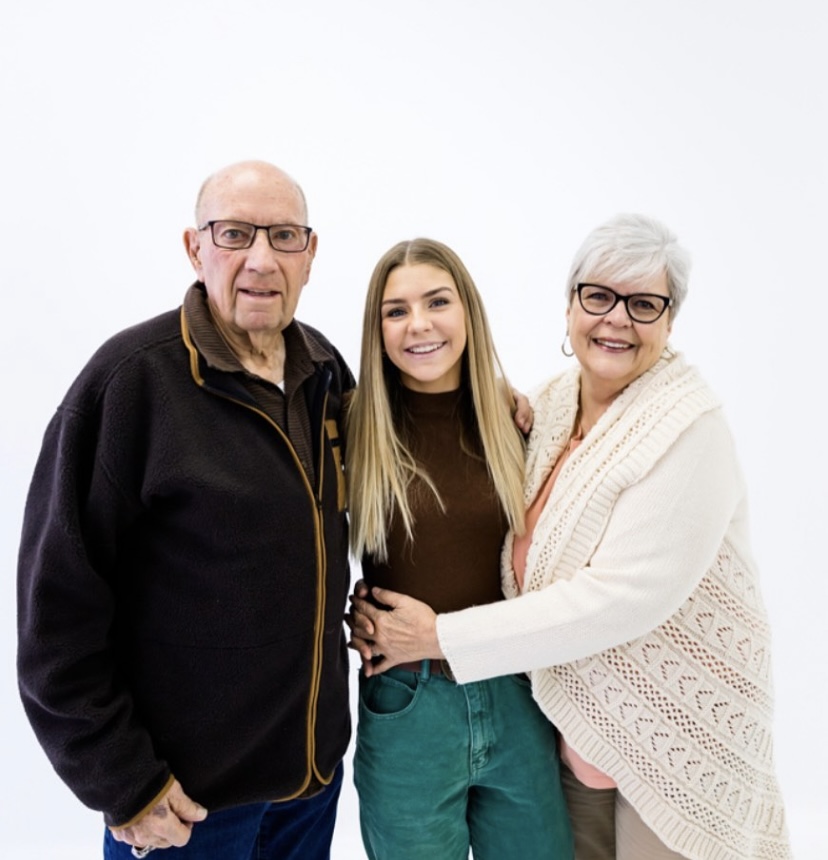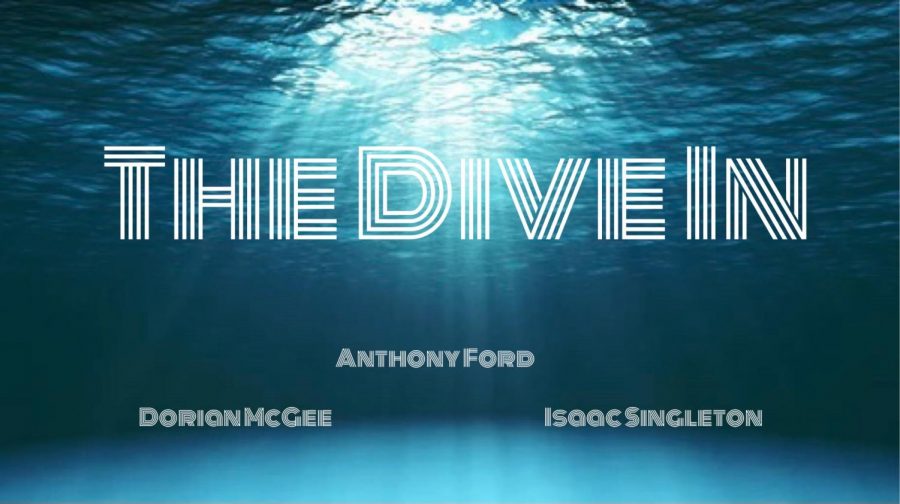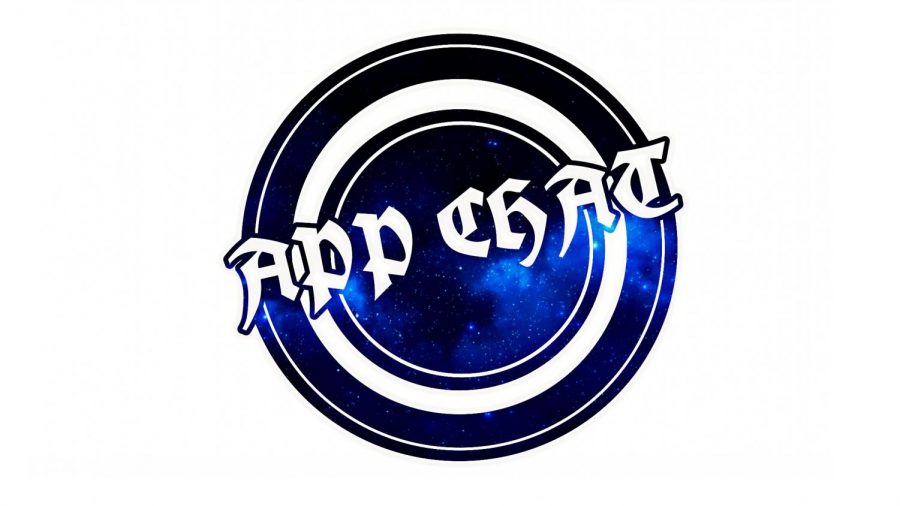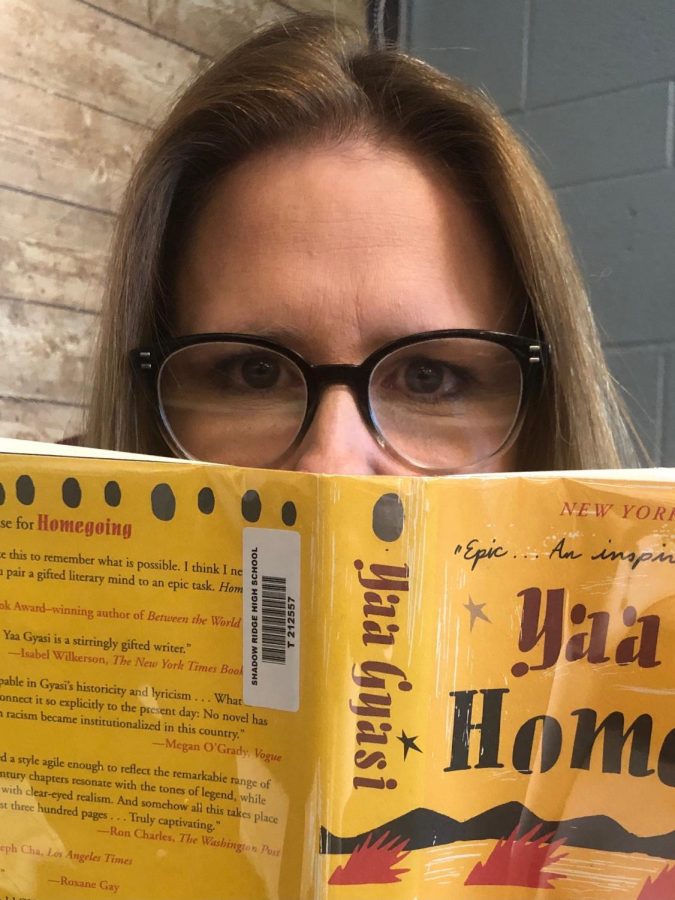A Sign of the Times
Photo Courtesy of: Ellie Reese
Senior, Ellie Reese, and her grandparents.
February 4, 2022
Young Kyle was first diagnosed with a hearing loss at his newborn hearing screening and after several follow ups, he was diagnosed with a profound hearing loss in both ears. After his parents heard the devastating news, Kyle was issued his first hearing aids at only eight weeks old. Kyle’s parents feared he would never get to hear their voices and knew communication and bonding would be difficult.
For young children like Kyle, their only way to communicate with society are ASL translators like high school senior Ellie Reese. Reese attends ASL classes twice a week in hopes to help assist the deaf community wherever she is needed and plans on serving and mission for the Church of Jesus Christ of Latter-Day Saints where she can practice her new skills as well. She began her classes at the College of Southern Nevada in August of 2021 and will continued through the fall semester.
“To me,” Reese says, “American Sign Language is not a language but a way of life. One thing I love about American sign language is the intimacy it allows you to have with another person. Instead of focusing on the bluntness of words that other languages equip you with (like English) you have to focus on the feelings you want to express. At first, learning ASL was hard and I was bewildered when I learned that facial expressions and body positions could change the meaning of what you are saying.”
Just like there are synonyms in English, there are many different signs for the same word in ASL. For example, “love” has many meanings such as affection, appreciation, and devotion. While English does have different words that have slightly stronger or weaker connotations than the basic word, they all mean just about the same thing. In contrast, in ASL the word “love” has three different signs that mean different things. In ASL, the sign for “love” as in a greeting or casual love is as simple as a “rock star” hand symbol with a thumb as well as the pointer and pinky standing tall. Yet, if Reese were to kiss the back of her fist and throw it in their air, it means she loves or is obsessed with something. Because it is described as a visual, spatial, and gestural language; cues of the hands, body, and face are very important when it comes to communicating as an ASL translator.
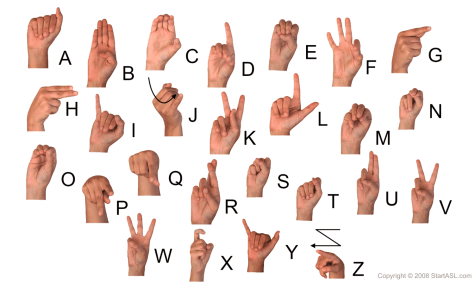
“The hardest thing to learn isn’t the actual signs,” says Jazmine, a fellow peer of Reese’s, “it’s the appropriate body language or facial expression that goes with it. For example, a question ending with a yes or no answer, your eyebrows need to be raised, in an open ended question they are knitted. A sign can mean different things depending on your facial expressions. Also, learning to read fast fingerspelling is quite a challenge, as most sign letters are either skipped or done extremely quickly.”
Reese believes that there is hope for young Kyle in regards to his life in the deaf community. Many people born deaf have learned to embrace their disability. In addition, others feel that they are not disabled because deaf people can function well with the help of modern technology, interpreters, hearing aids, and cochlear implants.
“The thing that surprised me the most,” says Reese, “was that most people don’t regret being born deaf and actually appreciate it and have learned from it.”
Something that Reese wants people to understand is everything she has learned and experienced over the past couple months through her ASL class at CSN taught her that this language is not just words or signs; but a form of expression that is rich in feelings, emotions, and ideas.


